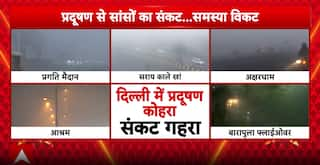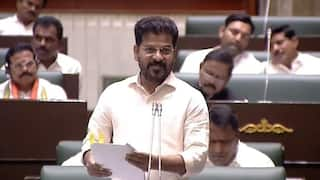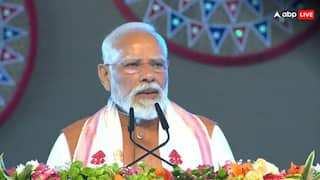IBC mechanism being used to resolve NPA Problem: Economic Survey

New Delhi [India], January 29 (ANI): The International Bank of Commerce (IBC) mechanism is being used to resolve the Non-Performing Asset (NPA) problem in the country, as per the Economic Survey 2017-18.
An eco-system for the new insolvency and bankruptcy process took shape in 2017-18.
A major factor behind the effectiveness of the new code has been the adjudication by the Judiciary. The code prescribes strict time limits for various procedures under it. In this process, a rich case-law has evolved, reducing future legal uncertainty.
The survey reviewed the monetary management and financial intermediation, stating that the monetary policy remained steady with only one policy rate cut in August, during 2017-18 (till January).
The monetary policy during 2017-18 was conducted under the revised statutory framework, which became effective from August 5, 2016.
In the third bi-monthly monetary policy statement for 2017-18 in August 2017, the Monetary Policy Committee had decided to reduce the policy repo rate by 25 basis points to six percent.
It kept the rates unchanged in both October and the latest meeting held in December.
Further, in tandem with the re-monetisation process, from November 17 2017, as a favourable base effect set in, the Year-on-Year growth of both currency in circulation and M-Zero turned sharply positive and higher than their respective growth rates in the previous year.
After demonetisation in early November 2016, the Reserve Bank of India (RBI) had scaled up its liquidity absorption operations using a mix of both conventional and unconventional instruments.
The liquidity conditions remained in surplus mode even as its magnitude moderated gradually with progressive remonetisation.
The Weighted Average Call Rate in recent months has drifted to the middle of the policy corridor, as per the survey.
The performance of the banking sector, Public Sector Banks (PSB) in particular, continued to be subdued in the current financial year.
The Gross Non-Performing Advances (GNPA) ratio of Scheduled Commercial Banks (SCBs) increased from 9.6 percent to 10.2 percent between March 2017 and September 2017.
The Non Food Credit (NFC) grew at 8.85 percent Year-on-Year in November 2017 as compared to 4.75 percent in November 2016.
Also, bank credit lending to Services and Personal Loans (PL) segments continue to be the major contributor to overall NFC growth.
The Non-Banking Financial Company (NBFC) sector, as a whole, accounted for 17 percent of bank assets and 0.26 percent of bank deposits as on September 30, 2017.
Moreover, the consolidated balance sheet size of the NBFC sector increased by five percent in September 2017 over March 2017 to Rs 20.7 lakh crores, as against an increase of 14.2 percent between March 2016 and March 2017.
The year 2017-18 from April-November witnessed a steady increase in resource mobilisation in the primary market segment as compared to the corresponding period in the last financial year.
The 10 year G-sec yield, meanwhile, hardened since September 2017. The G-sec yield as on January 11, 2018 stands at 7.26 percent. (ANI)
This story has not been edited. It has been published as provided by ANI






































